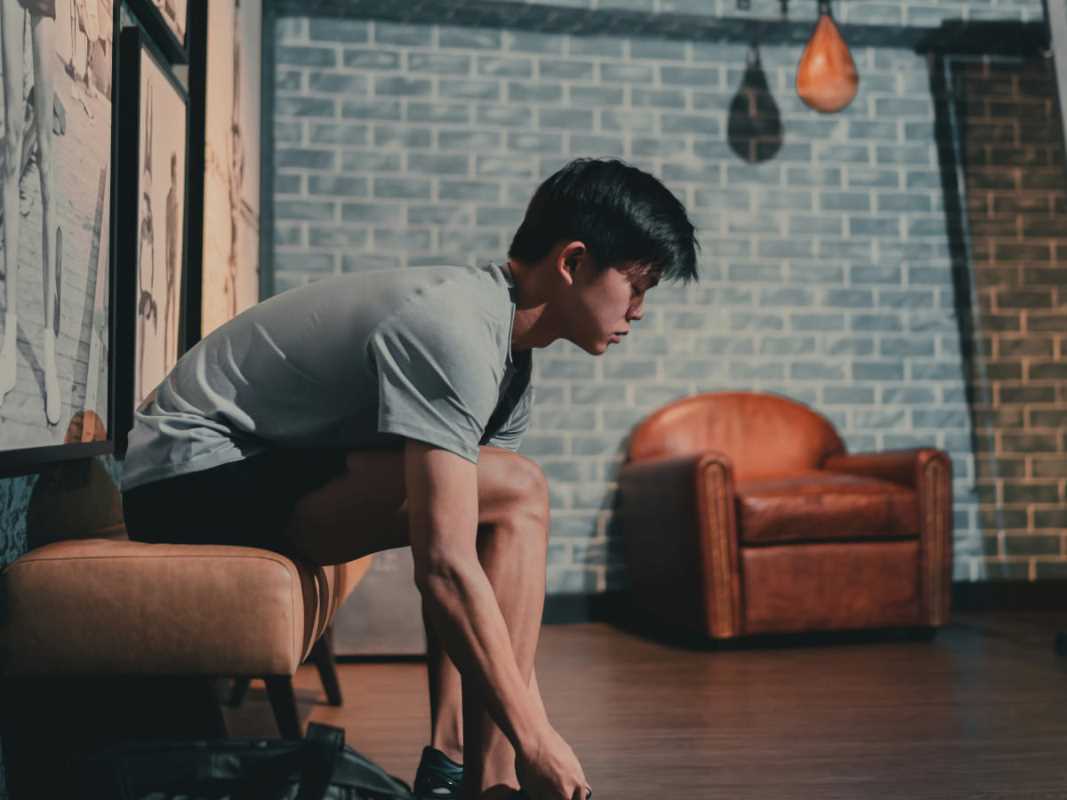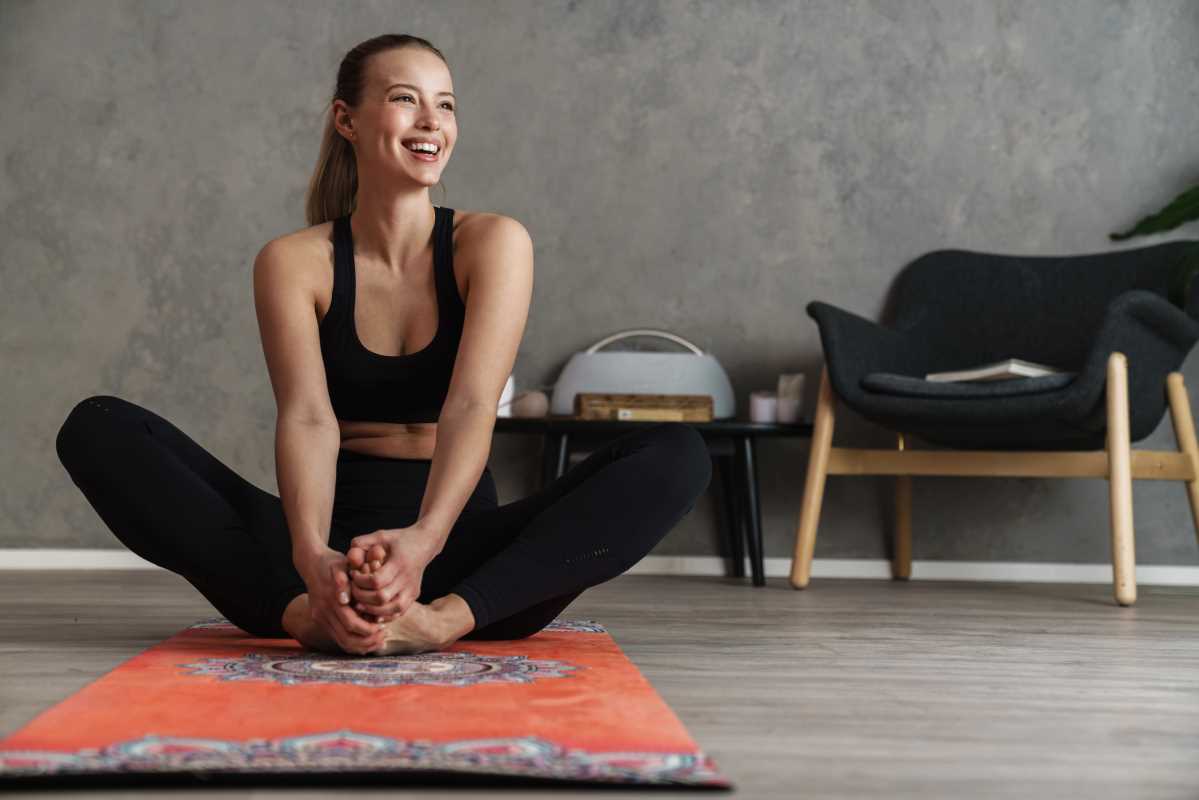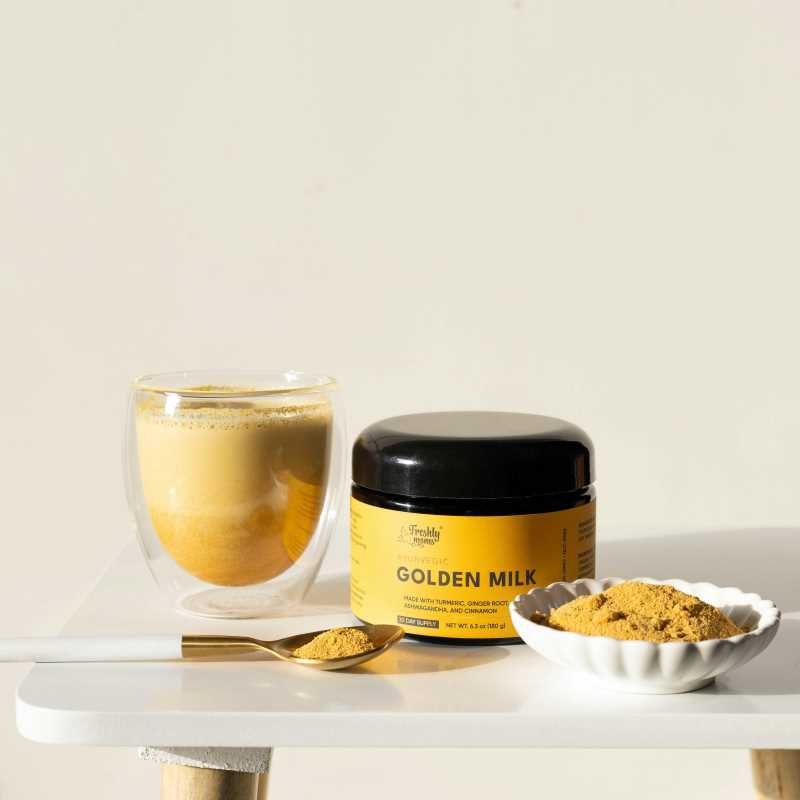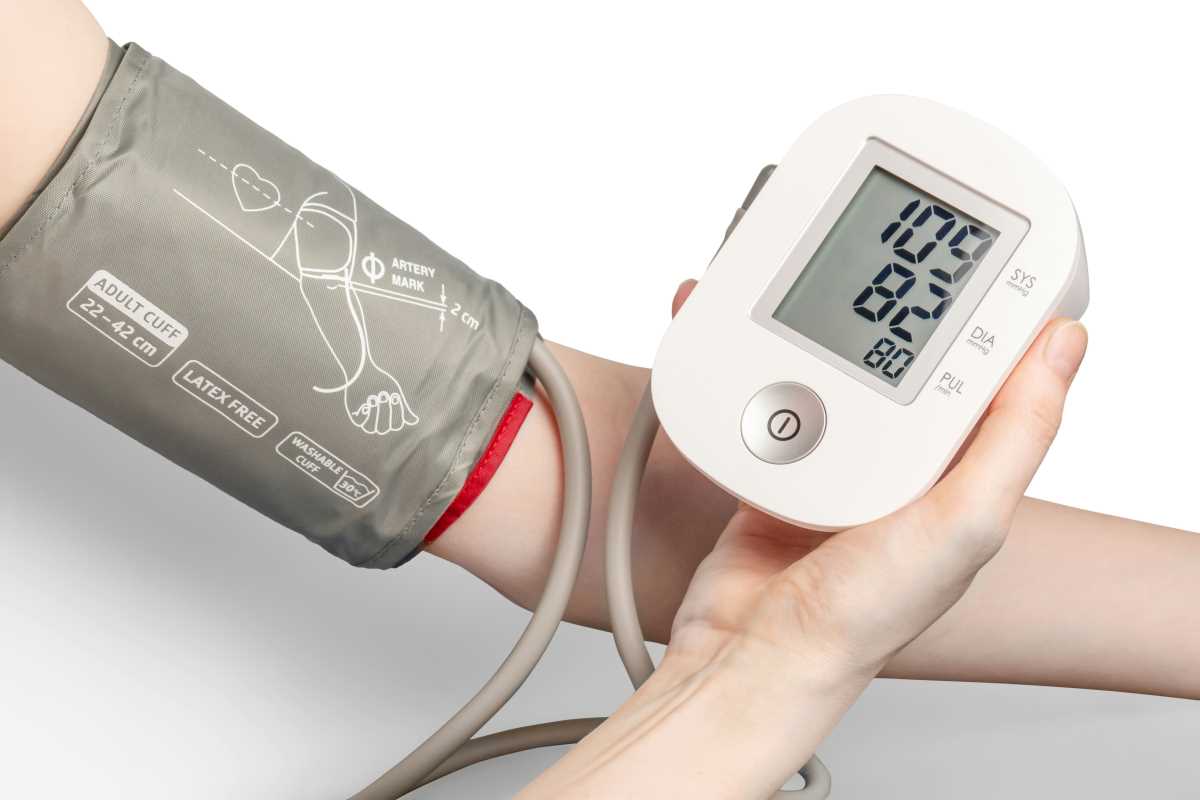Just because you’re working with limited mobility doesn’t mean exercise is off the table. On the contrary, keeping your body moving is essential for maintaining strength, flexibility, and overall well-being. The best part? There are plenty of exercises you can do from the comfort of your own home without needing a gym membership or fancy equipment. Here are five workout ideas tailored for various mobility levels that prove fitness is for everyone.
Strengthen Your Upper Body While Seated
Who says you can’t build arm muscles sitting down? Upper-body exercises are excellent for improving strength, increasing independence, and even giving you the power to open those particularly stubborn jars of pickles. The focus here is resistance. Grab a set of light dumbbells, resistance bands, or even household items like water bottles for weight.
A simple seated bicep curl is a great starting point. Sit comfortably in a sturdy chair with your back straight. Hold your weights or resistance bands, keep your elbows close to your torso, and curl them toward your shoulders. Lower back down slowly, it’s all about controlled movement.
Another winner is the overhead press. Start with your weights at shoulder height, then press upward until your arms fully extend, returning gently to the starting position. This one’s fantastic for strengthening those shoulder muscles, and trust us, they’ll thank you when it comes time to lift groceries or reach that top shelf.
Shoulder rolls are an equally effective option minus the weights. Sit straight and lift your shoulders toward your ears, roll them back, and return to a neutral position. This stretches and relieves tension in the upper back.
More upper-body ideas include:
- Seated rowing movements (imagine pulling a boat across a serene lake)
- Triceps extensions for tackling those “hard-to-reach” muscles
- Towel pulls – hold a towel at either end and gently stretch it across your chest
Consistency is key. A few sets of these exercises each week will leave you feeling stronger and more capable of tackling daily tasks with confidence.
Get Your Heart Pumping with Seated Cardio
If you’re under the impression that cardio requires running, jumping, or hopping on a treadmill, it’s time for a perspective shift. Seated cardio exercises are not only effective but also surprisingly fun.
Start with marching in place, seated-style. Sit on a chair, make yourself comfortable, and begin lifting your legs up and down as if you’re marching, but without standing. Swing your arms simultaneously for added intensity–bonus points if you imagine you’re leading a parade.
Arm cycling is another great option. Circle your arms forward and backward for 30-second intervals. Want to increase the challenge? Grab those water bottles or light weights for added resistance.
Move on to seated jumping jacks, which, yes, are totally possible! Extend your arms outward and upward while tapping your feet out simultaneously, then bring them back in. It’s like the classic move but chair-friendly.
Mix in a bit of rhythm with some upbeat music. Chair dancing is not just a cardio boost; it’s also a fantastic mood lifter. Play your favorite playlist and make up moves as you go. No one’s judging your seated shimmy!
Great cardio boosters also include:
- Seated boxing with quick jabs and hooks
- Fast-paced ball passes (toss a lightweight ball by bouncing it between your hands)… speed is the name of the game
- Chair-side knee lifts to engage the core
By the end of a seated cardio session, you’ll feel your heart racing and your spirit soaring. Who says cardio can’t be adapted for every ability?
Stretching for Flexibility and Stress Relief
Stretching is the unsung hero of fitness routines, and for individuals with limited mobility, it’s a vital way to maintain flexibility and reduce stiffness. With a regular habit, you’ll notice improved range of motion and fewer aches nagging you throughout the day.
Start with neck stretches. Sit comfortably, and gently tilt your head toward your shoulder. Hold for a few seconds, then switch sides. These stretches can help release tension from hunching over computers, phones, or even during long TV binges.
For the shoulders, try arm circles. Extend your arms outward and rotate them in small circles forward and then backward. It’s excellent for loosening shoulder joints while fostering a sense of flow in your movement.
Another must-try is the seated forward fold. Sit at the edge of your chair with feet flat on the floor. Gently hinge forward at the hips, reaching toward your toes. This stretches the lower back and hamstrings, helping you feel lighter and looser.
Don’t forget about ankle rolls for circulation. Lift one foot slightly off the floor and draw imaginary circles with your toes. Switch directions to get the blood moving to those hardworking feet.
Other relaxing stretches include:
- Side bends for the obliques (reach one arm overhead and stretch to the side)
- Seated spinal twists (rotate gently from the waist toward the armrest of your chair)
- Wrist stretches, especially for those who type or write a lot
Stretching also doubles as a fantastic stress reliever. Pair it with slow, deep breaths, and your mind will thank you just as much as your muscles.
Build Your Core Without Leaving Your Seat
Your core plays a central role in almost every movement your body makes. Strengthening it isn’t just for six-pack aesthetics; it’s crucial for balance, posture, and protecting your lower back. Luckily, with a little creativity, all of this can be accomplished without floor work.
Start with a seated twist. Sit up straight, place your hands on the armrests or at your waist, and gently twist your torso from one side to the other. Keep the motions slow and focused to truly engage those core muscles.
Side bends are another winner. With your hands at your sides, lean to the left and try to touch the side of your chair, then switch to the right. These target the obliques, the muscles on the sides of your abdomen, which are often overlooked but super important for mobility.
Leg lifts also engage the core while giving your lower body some love. Sit near the edge of your chair and alternate lifting each leg slowly as high as you can. Want to turn this up a notch? Add ankle weights for resistance.
Ball squeezes are a lesser-known core gem. Place a Pilates ball (or something similar) between your knees and squeeze it tightly while sitting upright. Simple? Yes. Effective? Very.
Other effective seated core exercises include:
- Seated knee tucks (bring your knees toward your chest, one at a time)
- Small arm circles while tightening your abdominal muscles
- Rolling back slightly in your chair and holding for a few breaths in mini “crunch” style
A strong core supports your overall strength, helping you feel steady whether sitting, standing, or navigating day-to-day activities like a pro.
Rediscover Balance with Mindful Exercises
Limited mobility doesn’t translate to limited mindfulness. Incorporating exercises that focus on balance and mental focus can help you reconnect with your body and reduce stress. It’s about moving with intention, not speed.
Try chair yoga, which adapts classic yoga poses into seated or lightly supported versions. Poses like the Seated Cat-Cow (arch and round your back while breathing in sync) and Seated Warrior (extend one arm forward and the other back while grounding through your feet) are excellent starting points.
Breath-focused exercises are equally powerful. Sit upright, close your eyes, and inhale deeply through your nose for a count of four. Exhale slowly for a count of six. This practice reduces mental fatigue and helps you reset.
Progress to functional balancing. While seated, extend one leg outward and hold for a few seconds while keeping your posture tall. Switch sides, and notice how even small movements improve your stability over time.
Mind-body balancing exercises may also include:
- Closing your eyes during arm stretches to improve proprioception (sense of body position)
- Controlled, slow marches seated to build awareness of leg movement
- Visualization of movement to mentally rehearse more active motions
Mindful workouts don’t just benefit the body; they nurture mental well-being and enhance confidence in your physical capabilities.
Exercising Your Way to Strength and Confidence
With these workouts designed for limited mobility, you’ve got the tools to stay active, healthy, and accomplished, all from your living space! Fitness is incredibly personal, so adapt these movements to meet your needs, and don’t shy away from celebrating every small win. Each stretch, twist, and lift is a step toward vitality and self-empowerment. Roll out your mat (or chair), crank up some motivating tunes, and give yourself permission to shine, just as you are.
 (Image via
(Image via





